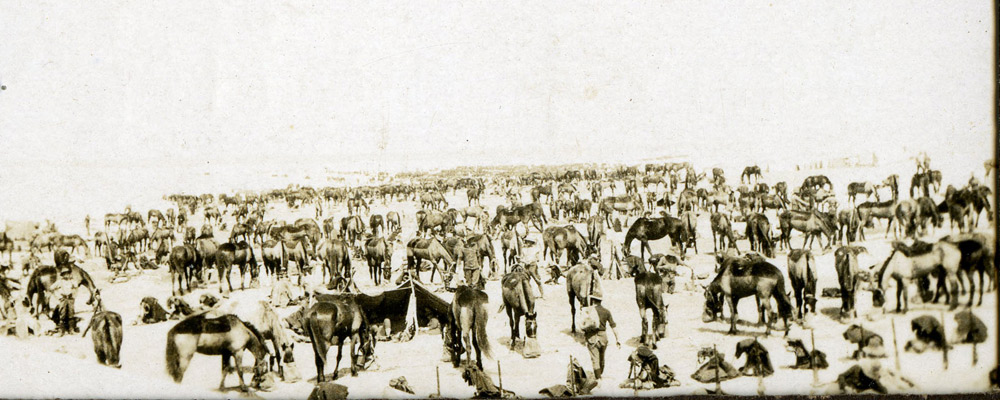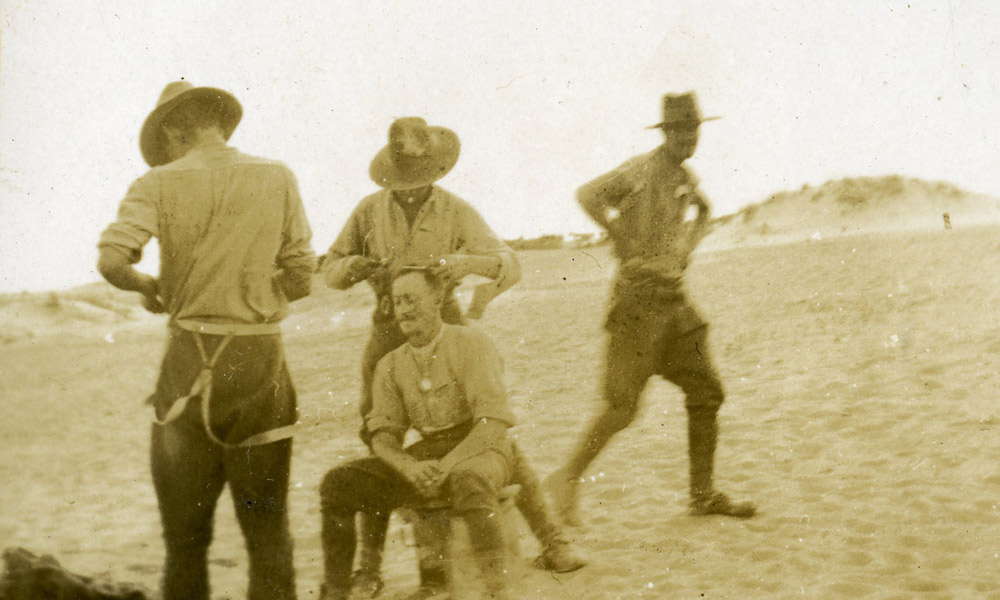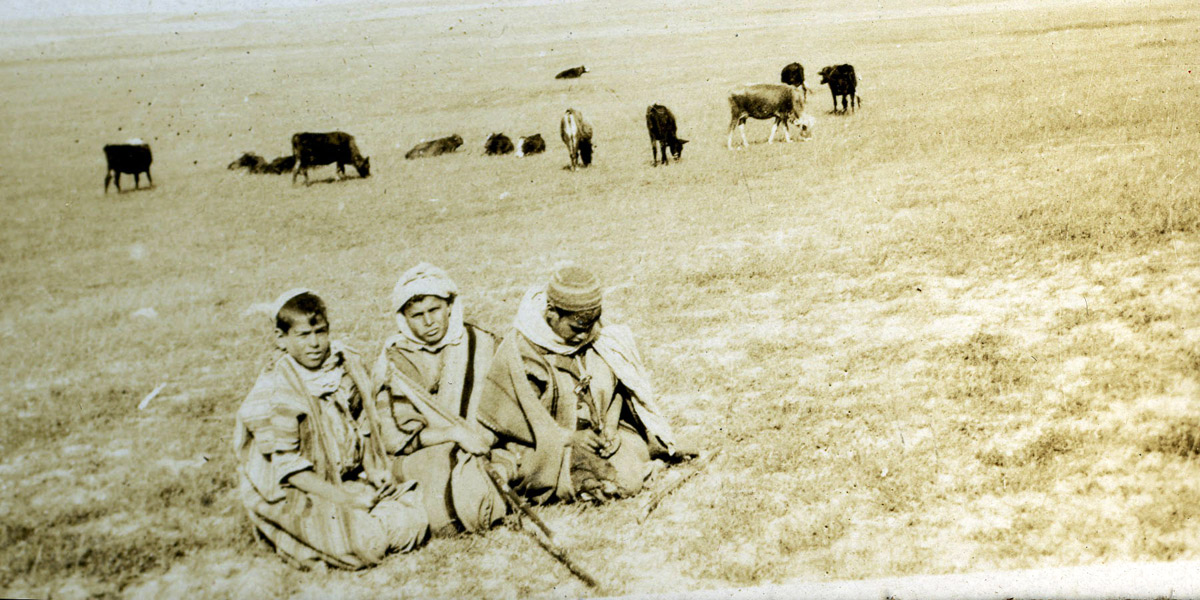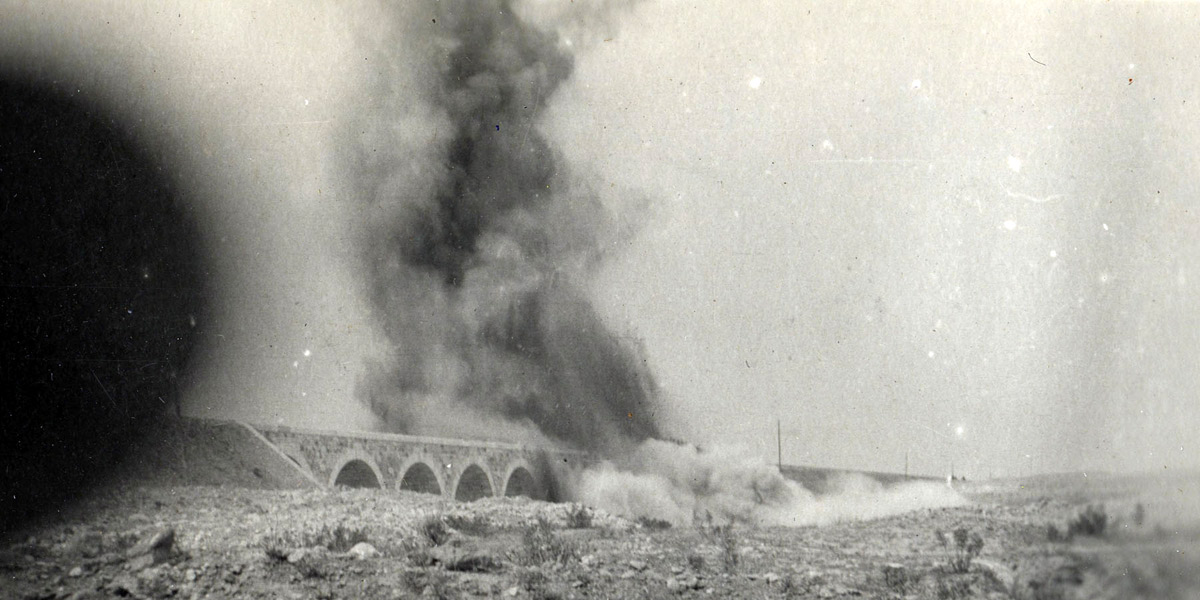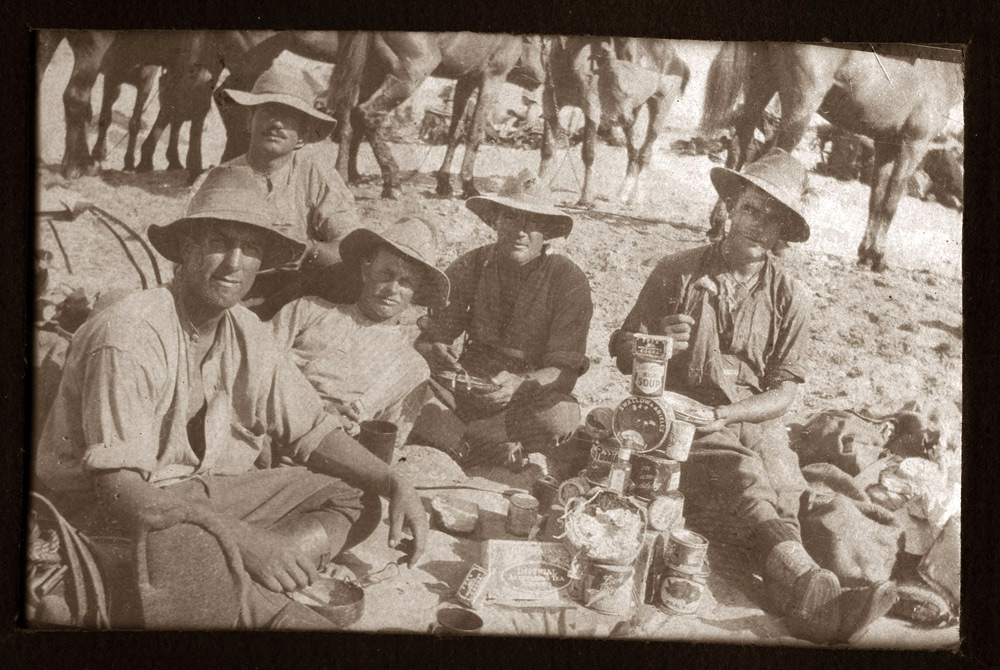Old camera key to my family’s Anzac history
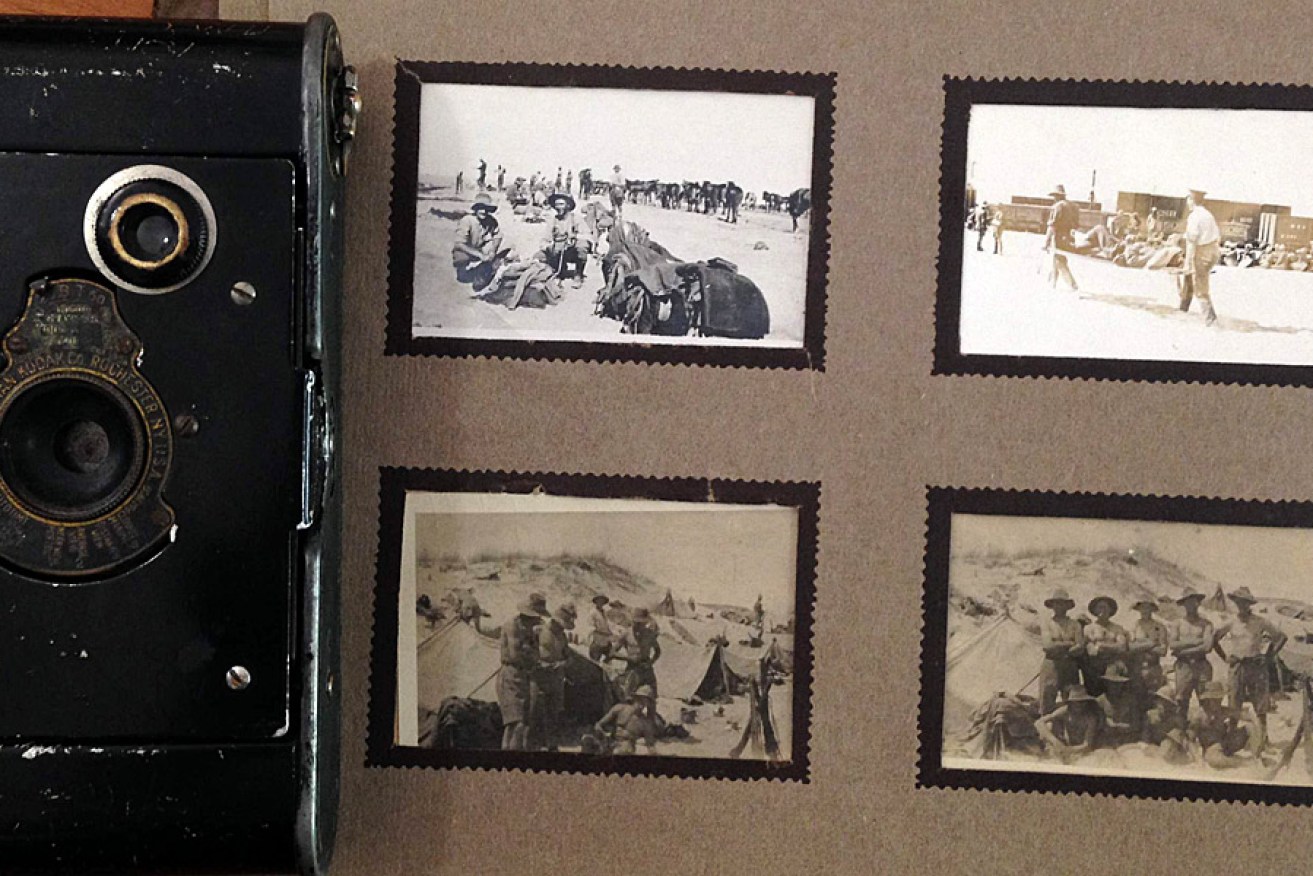
Photos in Mac's album and the camera he took to Egypt.
Hector McEachran Cochrane – Mac to his family and mates. Son, brother, father, soldier. My great-grandfather. A name etched into the metal body of an old Kodak camera and suddenly brought to life through research inspired by the 100th anniversary of the Gallipoli landing.
The camera, a Vest Pocket Autographic Kodak, was given to me by my grandpa more than 20 years ago.
Back then, it was a welcome addition to my camera collection and inspiration for my burgeoning love of photography. Over the past couple of weeks, it has become the gateway to our family history.
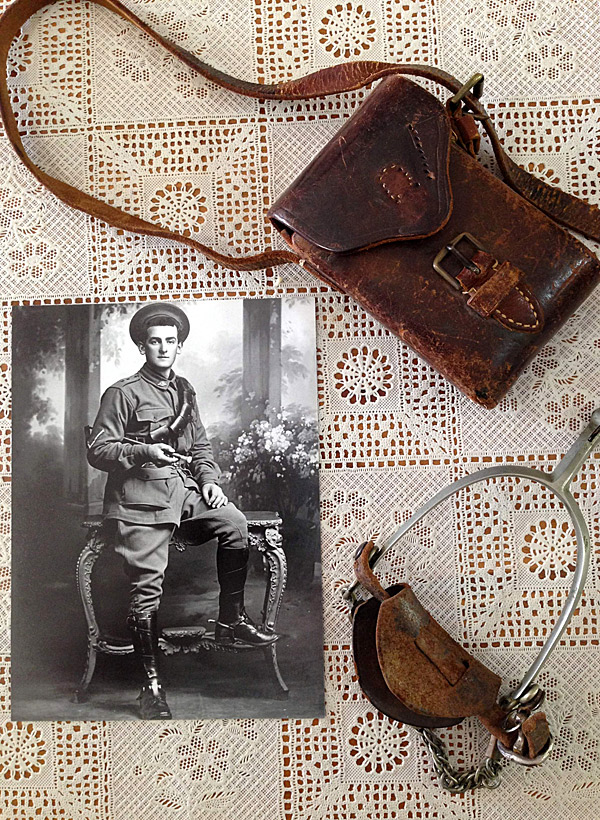
A portrait of Hector McEachran Cochrane alongside his camera case and the spurs he wore while serving in World War I.
Scratched into the camera is the inscription: 1019, HM Cochrane, 1916. This is the camera my great-grandfather took with him to Egypt as a member of the 9th Light Horse Regiment.
A search of the National Archives has yielded his war records: 75 pages of military documentation detail some of his movements, showing he enlisted in January 1915 as a 20-year-old.
Mac and his three brothers (Hugh Angus, George and William), from Langhorne Creek, all enlisted to serve in World War I – but they didn’t all come home. George was one of the first to reach the shore of Gallipoli in the early hours of April 25, 1915, with the 10th Battalion. He survived the Gallipoli campaign, only to be later killed in action at Pozieres, France.
His records include heart-breaking letters sent to the war office by his mother Harriet and siblings, pleading to know the location of his final resting place.
But the records don’t paint a full picture of the brothers’ experience.
As I continued searching for more details about Mac, his daughter, my Great Aunty Dot, said she had some items I might be interested in. My hope was to find photographs taken by him with the little Kodak now in my possession. What I didn’t expect was that last weekend over tea and scones Dot would present us with Mac’s original photo album.
An album full of photographs taken by my great-grandfather documenting his story. His war.
Weathered and old, the album far exceeded anything I could have imagined – a precious gift to our family from him all those years ago.
The photos give an idea of what everyday life was like for the Light Horsemen in Egypt. They show everything from a soldier getting his hair trimmed in the desert and a young Egyptian boy minding one of the horses, to men stripped for personal inspection and a bridge being blown up.
There are few accompanying captions, but extracts from a daily diary kept by Mac’s brother Hugh, who served alongside him, give clues to what some of them show. Among references to a delousing parade, a visit to the dentist, drills, a boxing tournament and a gas demonstration, he writes of reconnaissance missions, patrols, digging trenches and shelling.
There are also these entries:
May 22, 1917: Left camp about 3pm. Going to blow up Turkish Bridge and railway. Travelled all night. No sleep.
May 23, 1917: On left flank. Didn’t get into action. Demolition blew line and bridge up. Got back to a Wadi about midnight. Ready for a sleep.
The bridge being blown up in Mac’s photos was at Beersheba, five months before the significant Battle at Beersheba led by the 4th Light Horse Brigade took place.
Over the coming weeks, as we continue to read Hugh’s extensive diaries, the photographs will take on even more meaning.
Aunty Dot, who is about to turn 80, had the images scanned and digitised when she learnt of my curiosity. When viewed on the television, the little pictures not much bigger than a matchbox come to life more vividly. Details that perhaps not even Mac noticed can now be seen on a flat-screen TV 100 years after their making.
I’m going to take that little camera with me to the dawn service tomorrow and I’ll think about Mac and his brothers, his sisters and mother. I’ll play their story out in my mind as I listen to the Last Post and give thanks to them, their service and sacrifice, and pledge to carry their story forward.
Lest we forget.
All the historic photos in this article are from Hector McEachran Cochrane’s album.
